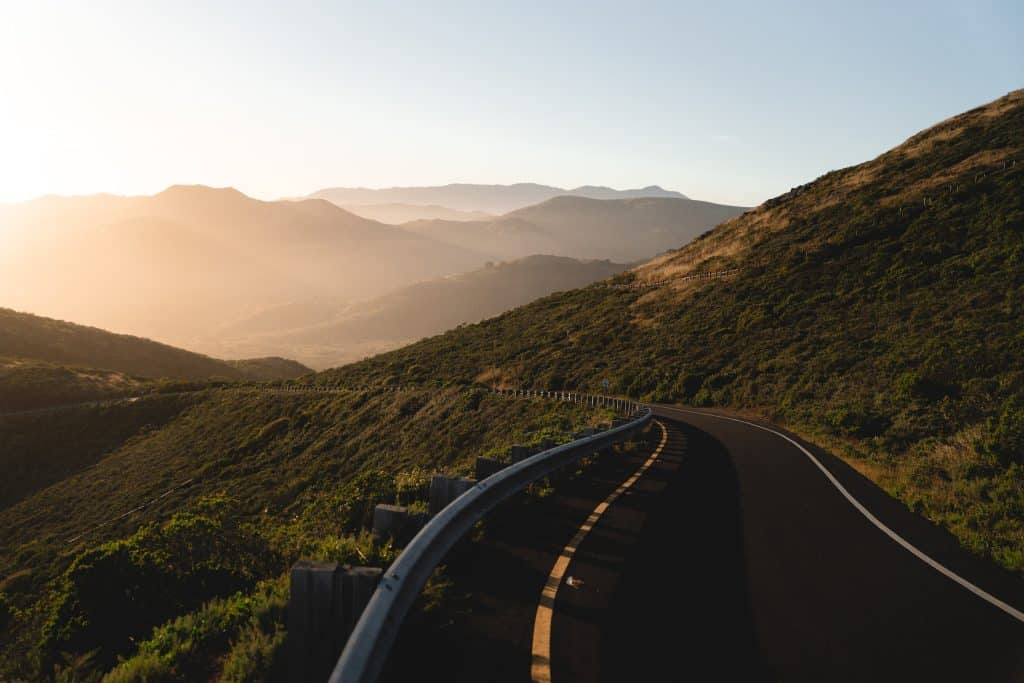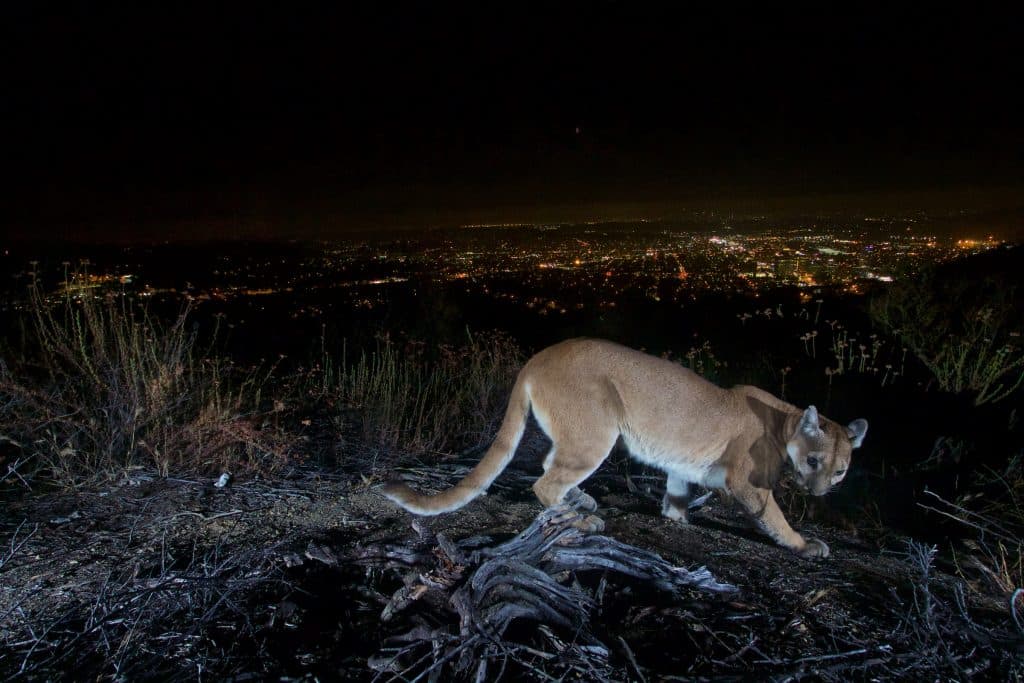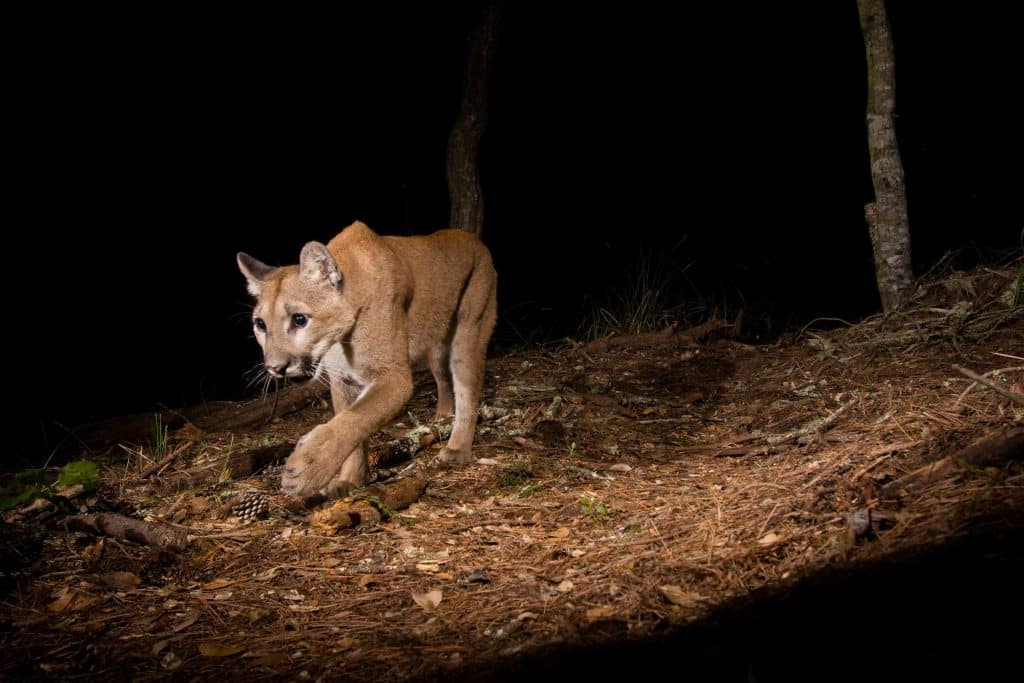A mother black bear and her cubs stand at the edge of Interstate 5 in Yreka, California. They hesitate, slowly beginning to cross the highway as traffic speeds by. No wildlife crossings exist for miles in this area, and as black bears, pumas, mule deer, and other native wildlife move around Shasta Valley, they encounter this particular stretch of I-5—a notorious hotspot for wildlife-vehicle collision. After a close call, the mother bear and her cubs make it safely across the highway and disappear into the forest. But many animals are not so lucky, and this scenario plays out daily throughout California with all different kinds of wildlife, often with tragic results.
Fortunately, WCN’s California Wildlife Program (CWP) gave a grant to Wildlands Network, who collaborated with the California Department of Transportation and other road ecology partners to create the first-ever comprehensive online map of wildlife crossings. This interactive map shows wildlife crossing projects throughout California’s vast infrastructure of highways, and helps us better understand where (and at what stage of development) wildlife crossings exist, and where some still need to be created.
This comprehensive map will be useful to public and private conservation organizations, wildlife experts and managers, government representatives, donors, and anyone interested in protecting California’s biodiversity. To accompany the map, Wildlands Network created an informative StoryMap to highlight the key details.
Pumas, bears, deer, and other wildlife need habitat connectivity for many reasons. Safely connected habitat allows wild animals to find food and water, move with the seasons, locate mates for breeding, and adapt to changing climate conditions. Habitat connectivity also facilitates pollination, decomposition, and other important natural processes so that ecosystems can successfully function. It enables breeding between a wider range of animal populations, creating healthier populations through greater genetic diversity. Wildlife crossing infrastructure at highways is important to provide animals safe passage across areas they could once roam freely, which are now divided by highways and infrastructure development, thus reducing the risk of people and wildlife being in vehicle collisions when animals try to move across busy roadways.
As a component of the CWP’s goal to protect connectivity for wildlife throughout California, we are collaborating with a variety of groups to advance the planning, design, and construction of wildlife crossing infrastructure. There is much work to be done to address the legacy impacts of linear infrastructure as well as to avoid, minimize, and mitigate future impacts on wildlife. For animals to access the resources they need, more wildlife crossings and landscape-scale conservation efforts are critical.
“In the early days of the California Wildlife Program, we recognized that there was no comprehensive, centralized inventory of wildlife crossing projects throughout the state,” said Neal Sharma, CWP’s Senior Manager. “We connected with Wildlands Network, who had a similar realization and were keen to undertake the process to create such a resource.”
Last year, the Safe Roads and Wildlife Protection Act was passed into law, creating institutional change within the California Department of Fish & Wildlife and California Department of Transportation (Caltrans), leading to increased creation of wildlife crossings throughout the state. This legislation is a positive step in the right direction, and the CWP is pleased to continue growing our partnership and support for Wildlands Network and other likeminded groups improving wildlife connectivity throughout the state.
Support California Wildlife Program




Good day!
Do you expect customers to email you? Research shows more than 60% of site visitors prefer to call.
Do you have your personal number visible for people to call you?
Check our easy to use plugin:
https://www.connect-ez.com/click-to-call-service
All the best!